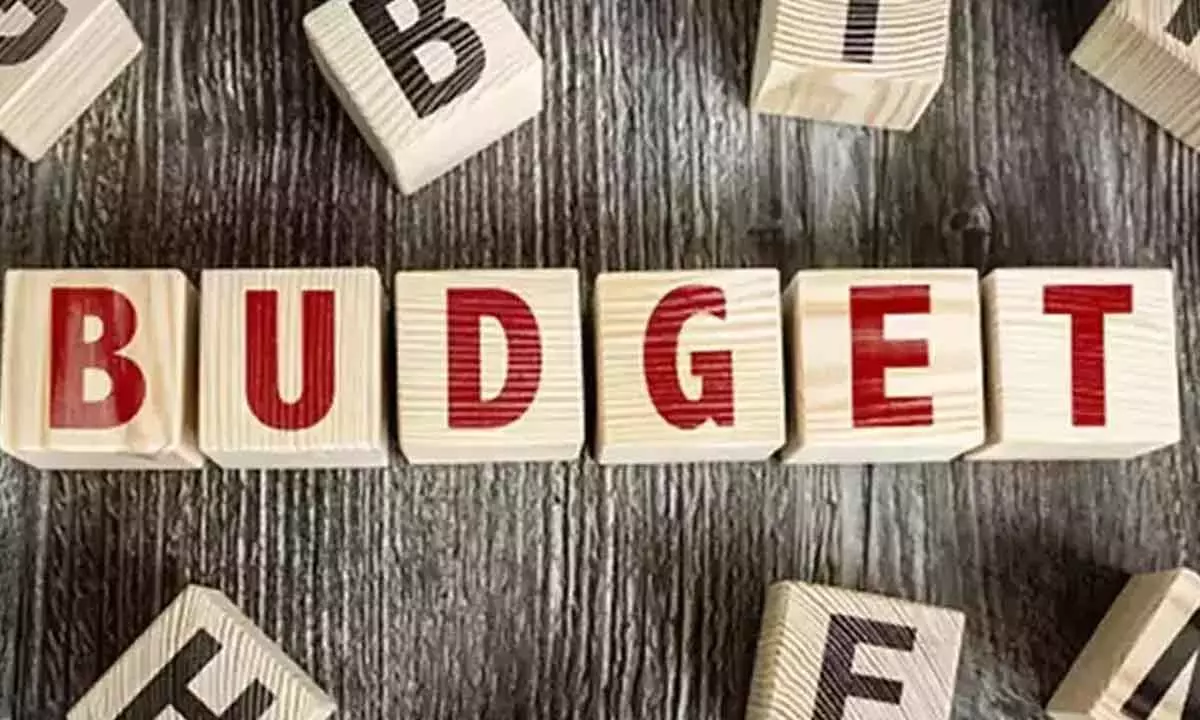Interim Budget will signal the policy choices that lie ahead
image for illustrative purpose

The upcoming Union budget, being an interim one, is likely to be a non-event as far as major announcements and new tax or spending pitches are concerned. However, it will still set the tone for policy choices ahead and will be watched for the pace of fiscal consolidation and policy priorities on capex and non-capex spending. Analysts expect the policy direction and prerogatives to remain largely similar to the recent budgets, as the trade-offs remain between nurturing growth recovery and the diminishing fiscal space with challenging debt dynamics. Besides, the improving intersection of politics and economics implies that political capital is no longer as compromised around election cycles as are perceived. Even as economic trade-offs stay challenging amid reducing fiscal impulse for growth, the policy prerogatives and spirit will not get derailed. Though, the risk of competitive populism has abated at the central level, analysts expect some relief measures for the rural, farm and welfare sectors.
There is every likelihood that the capex/revex mix will improve further given that capex/GDP are projected at 3.3 per cent. The gross tax/GDP ratio is set to stay steady at 11.4 per cent despite easing tax growth. Overall, Emkay projects FY25E GFD/GDP at 5.4 per cent after 5.9 per cent in FY24E, implying net and gross borrowing at a still-significant Rs. 11.5 trillion and Rs. 15.2 trillion, respectively. While net borrowing would be 65 per cent of fiscal funding, small savings are likely to fund 25 per cent of the GFD. The current fiscal’s GFD/GDP could just about stay balanced at 5.9 per cent, as budgeted. The positive buffers, including robust tax collection, super-normal RBI dividend, mild capex cuts and expenditure jig, would offset higher payouts than budgeted on food, fertilizer subsidy, the miss on ambitious divestment targets and the lower nominal GDP growth. The scope of the budget being too populist look bleak, amid moderating tax revenue growth and high committed revex and heavy market borrowings.
The asset sale print is likely to remain at sub-Rs. 500 billion, while RBI dividend would be viewed closely. Experts assume 10.5 per cent nominal GDP growth. A more aggressive nominal GDP assumption in the budget could make government balances look optically better. The Centre’s capex/GDP ratio is likely to rise to 3.3 per cent – almost 1.6 points higher than the pre-pandemic ratio, even as capex growth may normalize to sub-15 per cent. Capex focus will endure, specifically on roads, railways, housing, and rural/urban infra. The Centre may extend capex incentives to States, whose capacity to spend, though, may be nearing the limit. Moreover, the capex/revex mix will further improve, while the revex/GDP may ease to 11.2 per cent versus 12.0 per cent in FY24E. The focus is likely to be on welfare, rural, and MSMEs. It appears like the interim budget will lack any big bang announcements, and for obvious reasons. Still, it is likely to be watched for the pace of fiscal consolidation and policy priorities ahead.

